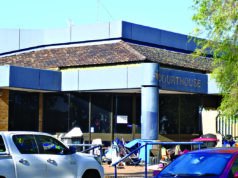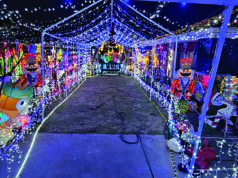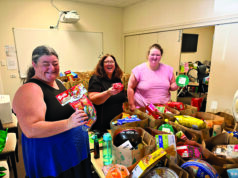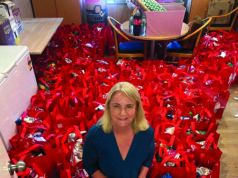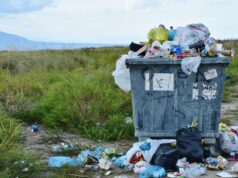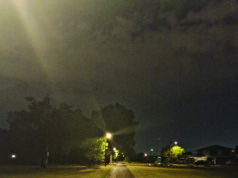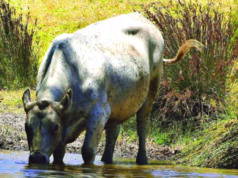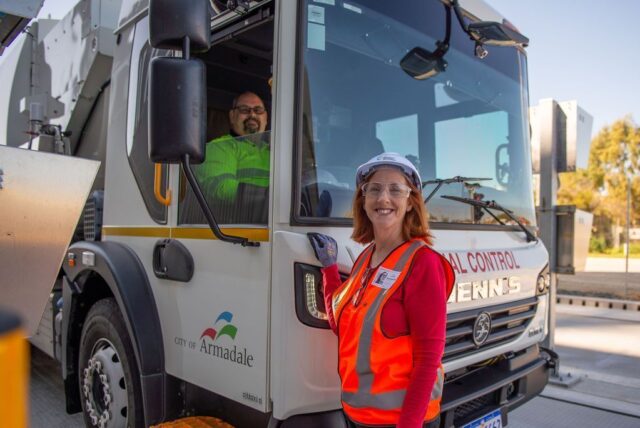
Last month the City of Armadale celebrated the delivery of its first load of rubbish to Australia’s inaugural ‘energy recovery’ facility in Kwinana, labelling it an “exciting milestone in the city’s sustainability journey”.
“From 30 September 2024, the city will send all of its domestic residual waste to the facility,” their social media post reads.
Likewise, in July, the Shire of Serpentine Jarrahdale became the championing member of the Rivers Regional Council to send its formerly landfill-bound waste to the Kwinana Energy Recovery plant.
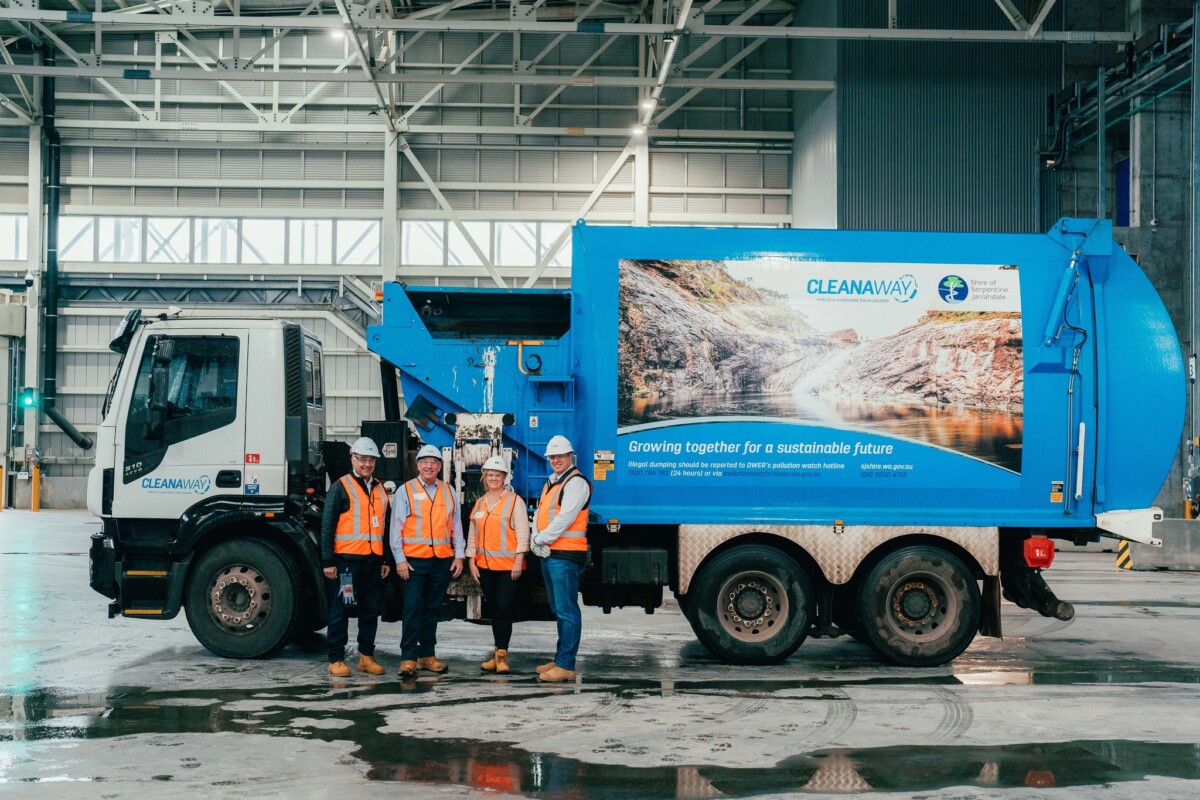
The pair are two of 10 local governments locked in to feeding this new Waste-to-Energy (WtE) beast in Kwinana in an effort to divert up to 460,000 tonnes of waste per annum from landfill and deliver 38 megawatts of baseload power to the Western Power grid.
Around 35,000 tonnes of that waste will come from households and businesses in the City of Armadale each year.
SJ will supply 6000 tonnes next financial year, with supply increasing annually in line with population growth.
Despite delays in delivering the technology to Australia, things are now moving at breakneck speed.
Another WtE plant in East Rockingham is on the cusp of completion with contributing councils all lined up, and around eight other facilities are also in the embryonic stages of development around the country.
It’s not new technology – humans have been burning their waste as fuel far longer than records exist.
The USA underwent a WtE revolution in the 80s when space for landfill became scarce in heavily populated urban areas.
There are over 500 WtE plants just in Europe, and more than half of China’s municipal solid waste is now incinerated.
Ironically, parts of Europe and the US have been steadily moving away from WtE for some time now due to community opposition and successful waste reduction and recycling movement efforts. But those involved in importing this upgraded technology here to Australia are still heralding it as a real solution to the landfill catastrophe we’ve been burying ourselves in.
In fact, the federal government’s own Australian Renewable Energy Agency (Arena) was so excited by the idea of WtE it funded the construction of the Kwinana plant to the tune of $23 million.
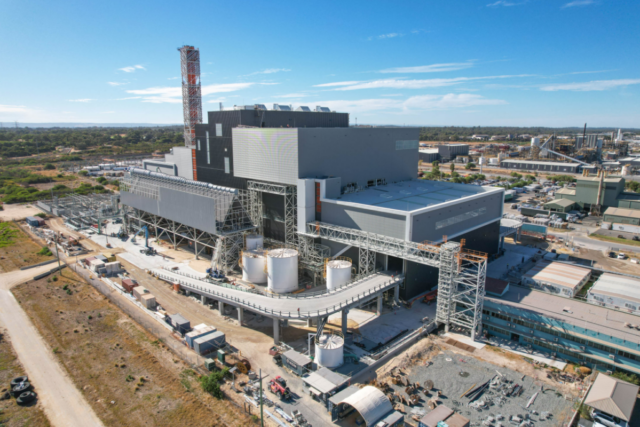
When you consider the binary of traditional waste management choices – burn or bury – using waste to generate electricity does come out on top.
After all, the carbon dioxide emitted as part of the processing is supplanting both the methane that would have been generated from the same waste in landfill, and the CO2 from the fossil fuels used in electricity production.
And there’s a plan for the residual ash too: “Material recovered from Energy Recovery includes Incinerator Bottom Ash (IBA), which will be used to create a manufactured IBA aggregate (IBAA). IBAA can be used in making building blocks and road sub-base, reducing the need to use virgin construction material,” City of Armadale mayor Ruth Butterfield said.
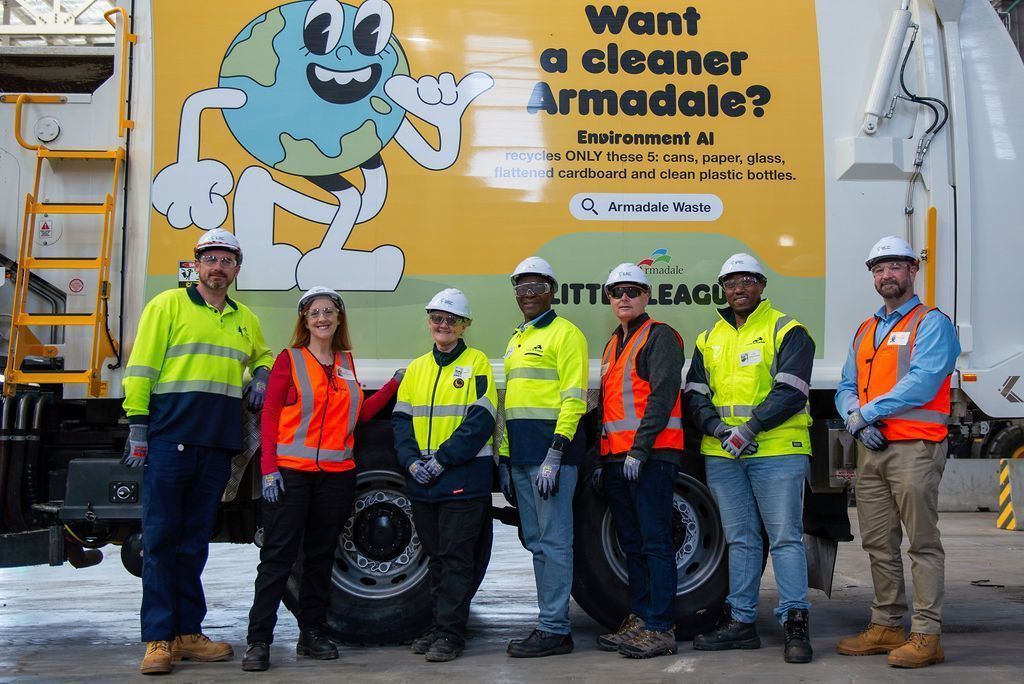
But is this the best we can do?
Many locals have been questioning the green credentials of this new-old technology, and for good reason.
A collaborative report by Arnika, the Centre for Environment Justice and Development (CEJAD) in Kenya, Centre de Recherche et d‘Education pour le Développement (CREPD) in Cameroon, Toxics Free Australia (TFA), and IPEN released last month argued that the incineration of waste contributes to the “triple planetary crisis” of biodiversity loss, climate change and pollution.
The authors of the study argue that WtE plants don’t just emit CO2, but a cocktail of harmful chemicals, including dioxins, which have the potential to cause serious health concerns in humans.
“Waste-to-energy incinerators are toxic minefields for nearby communities and produce toxic emissions and wastes that threaten the planet,” said Jindřich Petrlík, co-author of the study and the Toxics and Waste Programme Director at Arnika. “Incinerator fly ash is a highly hazardous waste that contains some of the most toxic chemicals known, and it is better to avoid its generation than to deal with its disposal.”
But Acciona, who owns the Kwinana Energy Recovery plant, has stated that “control mechanisms [are] in place to filter and capture toxins and maintain air quality” in line with the standards set by WA’s Environmental Protection Authority (EPA) who greenlighted the project years ago.
Pollution is not the only concern, however. A pervasive criticism from those who oppose WtE is that it undermines more environmentally-sound waste management efforts.
“Instead of polluting technologies like incineration, we need zero-waste policies that include waste prevention, re-use, better collection and sorting, composting, recycling and safe non-combustion residual waste disposal technologies for truly circular waste management solutions,” Jindřich Petrlík said.
WtE facilities are frequently classified as renewable sources of electricity because the fuel supply (our rubbish) is ‘continuous and reliable’.
But even Arena has now acknowledged that WtE is not necessarily ‘renewable’.
“Arena’s investment priorities do not align with investing in further projects incinerating waste for energy,” a spokesperson said.
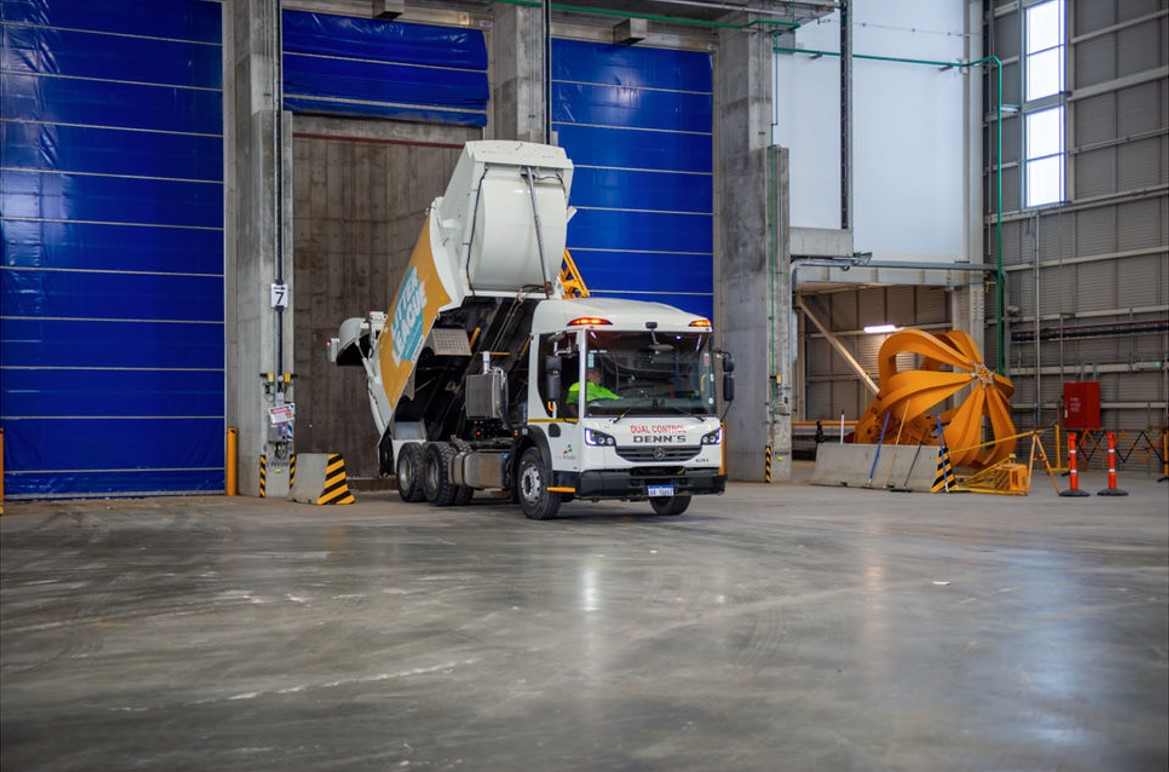
Five years ago, the state government laid out a plan to advance a ‘circular economy’ strategy to waste management which recovers “value from materials, thereby offsetting the environmental impacts of extracting and processing raw materials”.
It sees energy recovery as a last resort behind reusing, reprocessing and recycling materials, and has listed energy recovery second from the bottom on its waste hierarchy pyramid, just above landfill.
“Energy recovery is considered to be the least preferred of all resource recovery options in the waste hierarchy as it merely releases embodied energy but does not preserve the material for reuse,” the government’s Waste Avoidance and Resource Recovery Strategy 2030 states.
And Environment Minister Reece Whitby has been trying to encourage all councils to adopt the FOGO (Food Organics and Garden Organics) composting system over the past few years.
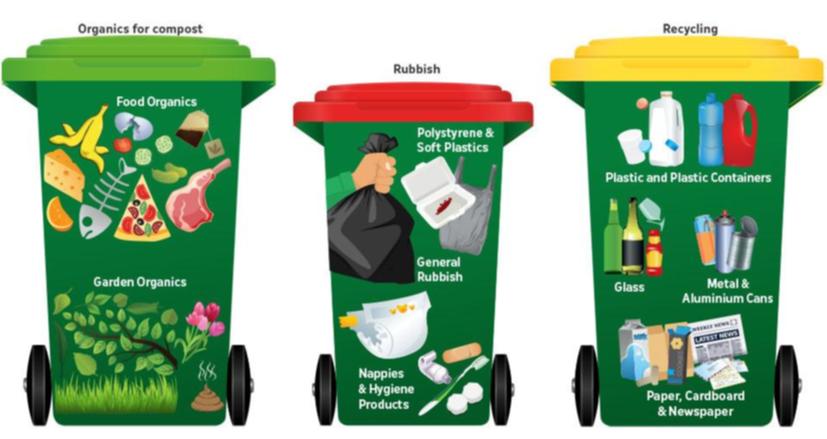
But being tied to the Kwinana Energy Recovery plant has meant many of the contracted councils have shied away from adopting the FOGO system.
In August, the SJ council voted to turn away from the FOGO system.
Shire officers reasoned they couldn’t afford to implement the system with the eye-watering costs of remediating the shire’s asbestos-contaminated tip looming over them.
But there was also another, slightly more concerning reason: During a recent waste audit, they discovered that around half of all waste put in red bins around the shire was organic. Officers said that should that be filtered into a third FOGO bin, the shire would eventually fall short on its supply obligations to the Kwinana Energy Recovery plant, which could potentially attract fines.
While the transition to WtE allows councils to hit their state-mandated landfill reduction targets, the contractual need to feed the beast is already clearly acting as a direct foil to the ‘last resort’ intent for the technology.
In lieu of FOGO, SJ councillors voted to explore the idea of a rebate for a home composting system instead.
The City of Armadale has a similar opt-in scheme – a rebate for home worm farms. But the take-up of that initiative has been woefully low; since 2021 only 78 worm farms have been purchased.
The city commissioned a FOGO feasibility study only two years ago, and found “the most environmentally-sustainable and economically-viable option [is] Energy Recovery combined with the two-bin system”.
Despite this, the city is currently completing a waste strategy review which will again “reassess the viability of providing a FOGO, or similar organics composting bin system to city residents”.
When interviewed in August last year, Mayor Ruth Butterfield showed some ambivalence about the city’s decision to lock itself into WtE for the next 20 years.
“I’m not sure that we would make the same decision now because of the options and the support being given to FOGO,” she said.
But with the first load of waste from Armadale now fuelling the energy grid, we asked again whether she believes this is the most environmentally-minded and best practise solution for the city’s waste.
“This waste treatment technology is preferred to landfilling, which today is the only other available residual waste disposal option. The electricity generated by the facilities will be enough to power over 91,000 Perth homes,” she said.



